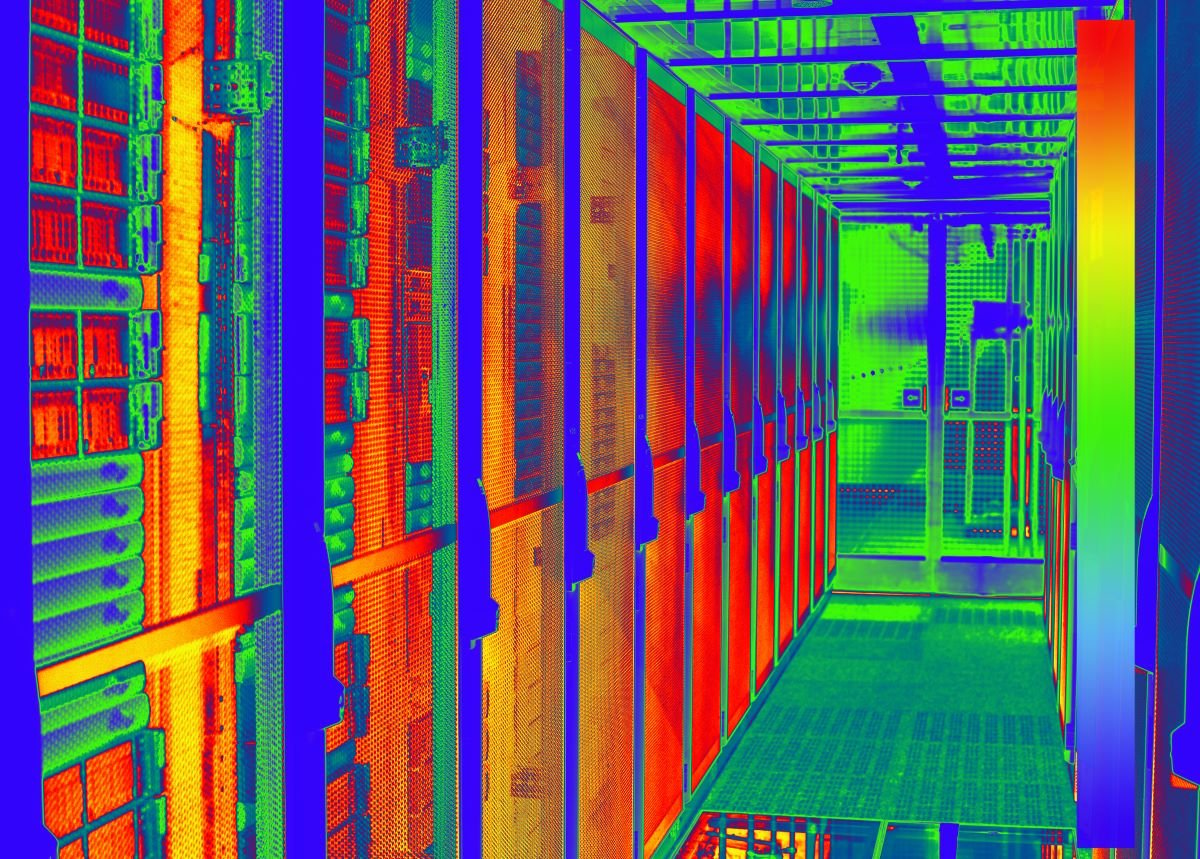
In the ever-evolving landscape of fire monitoring technology, Video Fire Detection (VFD) stands as a cutting-edge solution, merging video surveillance capabilities with advanced algorithms to enhance fire detection and response. This blog post explores the transformative potential of VFD, shedding light on its functionalities, advantages, and the role it plays in elevating fire safety to new heights.
- The Evolution of Fire Detection: Beyond Traditional Methods
Traditional fire detection methods, while effective, often face limitations in certain environments or scenarios. Video Fire Detection emerges as a dynamic evolution, leveraging the power of visual data to identify and respond to fire threats in real time.
- How Video Fire Detection Works
At the core of Video Fire Detection is the integration of intelligent video analytics with surveillance cameras. The system continuously analyzes video feeds for visual cues associated with fires, such as flames, smoke, or heat. Advanced algorithms distinguish between normal activities and potential fire events, triggering alerts or alarms when necessary.
Advantages:
- Visual Verification: VFD provides visual verification of potential fire events, reducing the likelihood of false alarms.
- Comprehensive Coverage: Surveillance cameras offer wide coverage, making VFD suitable for large areas and open spaces.
- Detection of Visual Fire Cues
Video Fire Detection systems are designed to recognize various visual cues associated with fires. These cues include:
- Flame Recognition: Advanced algorithms can identify the unique patterns and characteristics of flames, allowing for quick and accurate detection.
- Smoke Analysis: VFD analyzes the movement and density of smoke, distinguishing it from normal environmental conditions.
- Heat Mapping: Thermal imaging capabilities enable the system to detect abnormal heat patterns, providing an additional layer of fire detection.
- Advantages of Video Fire Detection
4.1 Early Detection and Response: Video Fire Detection excels in early detection, providing a proactive approach to fire safety. By identifying potential fire events at their inception, VFD allows for swift responses, minimizing the impact of fires.
4.2 Reduction of False Alarms: The integration of visual data significantly reduces the risk of false alarms. VFD's ability to analyze visual cues enhances the system's accuracy, ensuring that alarms are triggered only in response to genuine fire threats.
4.3 Coverage in Challenging Environments: Traditional fire detection methods may face challenges in environments with unique characteristics, such as open spaces, areas with high ceilings, or locations prone to false alarms. VFD's visual approach offers a solution for comprehensive coverage in these challenging environments.
- Applications of Video Fire Detection
5.1 Industrial Facilities: In industrial settings where traditional detectors may be affected by dust, smoke, or unique environmental conditions, VFD provides reliable fire detection without compromising accuracy.
5.2 Warehouses and Logistics Centers: Large warehouses and logistics centers benefit from the wide coverage of VFD. The system can identify potential fire events even in expansive spaces, facilitating early intervention.
5.3 Critical Infrastructure: Protecting critical infrastructure requires advanced fire detection capabilities. VFD's ability to analyze visual cues makes it a valuable tool for securing critical assets.
- Integration with Building Management Systems
The synergy between Video Fire Detection and Building Management Systems (BMS) adds a layer of sophistication to overall building safety. Integrated systems can trigger coordinated responses, such as adjusting ventilation systems or initiating evacuation protocols, based on VFD alerts.
Advantages:
- Automated Responses: VFD integration allows for automated responses within the broader context of building operations.
- Enhanced Situational Awareness: Combining VFD with BMS enhances overall situational awareness, providing facility managers with a comprehensive view of safety and security components.
- Video Analytics for Post-Incident Analysis
Beyond real-time detection, Video Fire Detection systems offer valuable data for post-incident analysis. Surveillance footage can be reviewed to understand the progression of a fire event, assess response effectiveness, and identify areas for improvement in fire safety protocols.
Advantages:
- Investigation Support: Video analytics contribute to investigations by providing visual evidence of fire events and response actions.
- Continuous Improvement: Post-incident analysis enables continuous improvement of fire safety strategies and the refinement of detection algorithms.
- Future Trends in Video Fire Detection
As technology advances, the future of Video Fire Detection holds exciting possibilities. Anticipated trends include:
8.1 Artificial Intelligence (AI) Integration: Integrating AI algorithms with VFD can enhance the system's ability to learn and adapt, improving accuracy and reducing false alarms.
8.2 Edge Computing for Real-Time Processing: Edge computing solutions enable real-time video data processing directly on the cameras, reducing latency and enhancing the speed of fire detection.
A Visual Revolution in Fire Safety
Video Fire Detection represents a visual revolution in the realm of fire safety, harnessing the power of surveillance cameras and intelligent algorithms to detect and respond to fire threats with unprecedented precision. As we embrace the era of smart buildings, VFD stands as a beacon of innovation, offering a proactive and visual approach to fire monitoring. If you want to see how VFD could work for you, contact Koorsen Fire & Security today.


